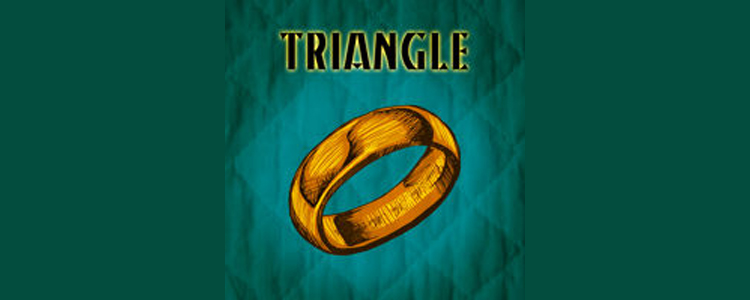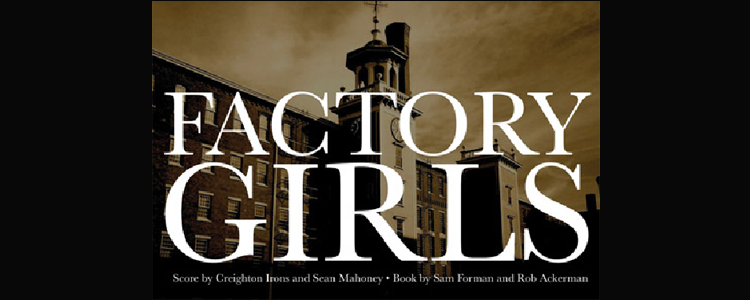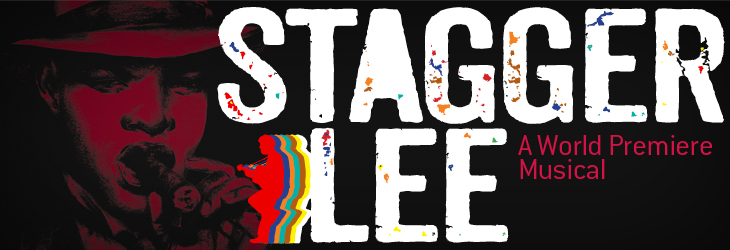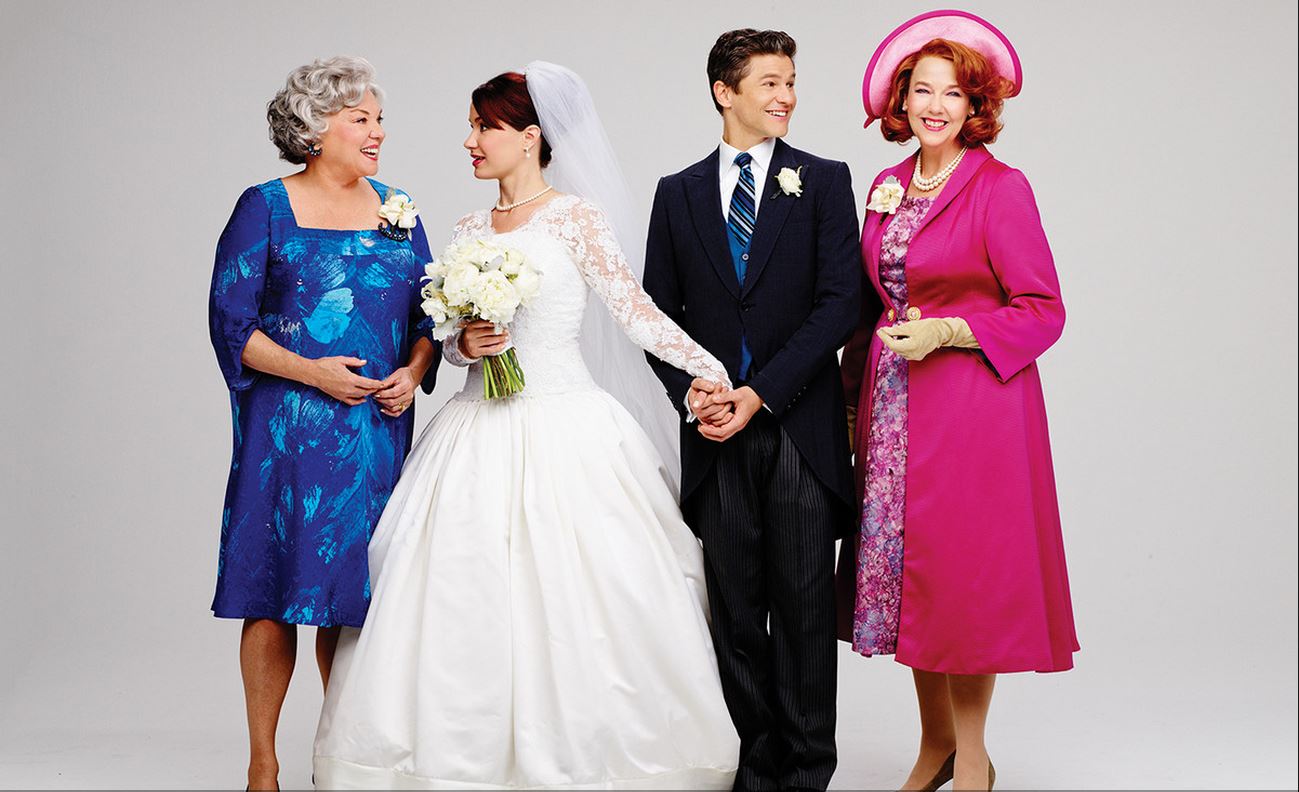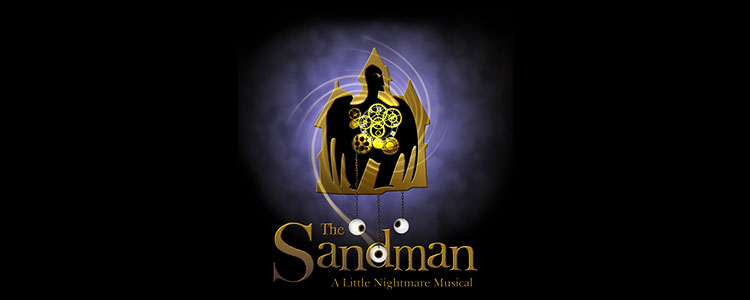Stu for Silverton’s Peter Duchan paints us a portrait of an artist as a (rightfully)
neurotic man as he prepares, worries through, and survives his first rehearsal
First Rehearsal – A Neurotic’s Schedule
7:44am. I give up on sleep and climb out of bed. Our first rehearsal for Stu for Silverton is today at 11:00am. I check the clock. Three hours stretch before me. I will do my best fill it with anxiety. But the problem with the first rehearsal is that nothing’s actually happened yet. There’s nothing concrete to be stressed about. I don’t let this deter me; I can invent something.
8:10am. A watched bagel doesn’t toast, so I distract myself with fear fantasies about rehearsal while I wait for breakfast. We’ve created a forty-five minute cut especially for the NAMT Festival, so today will be my first time hearing this version of the script read aloud. It will be the actors’ first time hearing it aloud as well. What if they don’t like it? That’s nonsense, Peter: they wouldn’t have agreed to be in it if they hated the material. But what if
they liked the script when they read it that first time and now—revisiting it, digging in—they realize they don’t actually like it at all? What if I realize I don’t like it?
10:52am. I arrive at the rehearsal studio. The telltale signs of a first rehearsal. Chairs and music stands arranged by the piano. A stage manager hard at work. Stacks of sheet music laid out for the taking. And, for me, a freshly printed script in a black binder. I love a bindered script. Clean pages, single-sided, great for jotting down thoughts and ideas—which is what I like to do in rehearsal when I don’t know what else to do, just keep my head in my script.
11:00am. Our director, Andrew Russell, greets everybody. He explains how Stu for Silverton came to be. He recalls hearing a radio report about Stu Rasmussen, then contacting and eventually visiting Stu. Andrew talks about inviting Breedlove and me to write the piece. Though we begin the day with seven of our ten actors, we take a moment for introductions. One by one we share our names with the group.
11:08am. A latecomer makes her apology-laden entrance. Now we have eight of our ten actors. One by one we share our names with the group.
12:13pm. I step out of the room to take a phone call just as Meg Zervoulis, our Music Director, begins teaching the cast a rousing group number.
12:22pm. I re-enter the room and am immediately hit by a wall of sound. Eight booming voices, somehow confidently singing notes they’ve just learned. It’s completely energizing hearing Music Supervisor Will Reynolds’ arrangements sung by this cast. And this is just the beginning!
1:00pm. Full Company called. Ten out of ten actors present. One by one we share our names with the group.
1:08pm. Our first read-through of the forty-five minute cut. Immediately illuminating and productive. An actor simply reading a line differently than I’d intended can teach me something about the line. I also realize, in trimming the script, the last beat has lost some clarity. But on the whole, it seems to flow nicely. I’m especially relieved to hear laughter. The cast is having fun. Why on earth was I worried they wouldn’t like it? Of course they love it. They’ve never been more proud to work on anything ever in their entire careers ever.
2:21pm. Sinking into a black hole of self-doubt. In cutting it down to forty-five minutes, I’ve drained our show of all its charm. Who am I kidding, it was barely charming to begin with. What the hell am I doing? Who do I think I’m fooling?!
2:24pm. Andrew gives me half of his energy bar. Sanity restored.
3:10pm. Equity break time. I’m not a huge fan of these official breaks. I always feel vaguely guilty throughout, like I’m breaking the rules if I chat with an actor.
So I try to keep my head in my script. But it’s hard with so many friendly faces in the room. One glance at Annaleigh Ashford and spontaneous smiling ensues. I overhear Nick Wyman telling a story and can’t help but laugh along.
3:37pm. Facetime with Breedlove. He can’t be here for rehearsals because he’s currently on tour, wearing his performer hat, an opening act for Lady Gaga. Thanks to modern technology, he gets to chat with the cast. After the call, we get back to work. Breedlove gets back to gallivanting around Europe. I hope he brings me back a present, ahem.
3:42pm. Actors continue learning music. I try to keep my head in my script but I can’t stop watching these actors work. It’s incredible hearing them sight read the score with impressive accuracy. We’ve got a cast of pros.
4:09pm. Lewis Cleale, our Stu, notes that the four oldest actors in the cast have all hung onto their AOL email addresses. He insists his is ironic.
4:25pm. We work out the timing of a tricky song-and-dialogue section, hitting it over and over, trimming lines to fit the music, finessing tempi to accommodate the spoken words. There’s stuff you can’t do until you’ve gathered all the elements in the room. This is the fun part. Standing at the piano, walking to an actor to deliver a line change, pacing in the back while they try again. I like standing at rehearsal. I feel more creative standing up.
5:00pm. End of rehearsal. That wasn’t so bad. Energizing, in fact. I head home to revise the last few pages of our draft. Grateful to have an assignment. I do better if I have something tangible to worry about.
Read More


